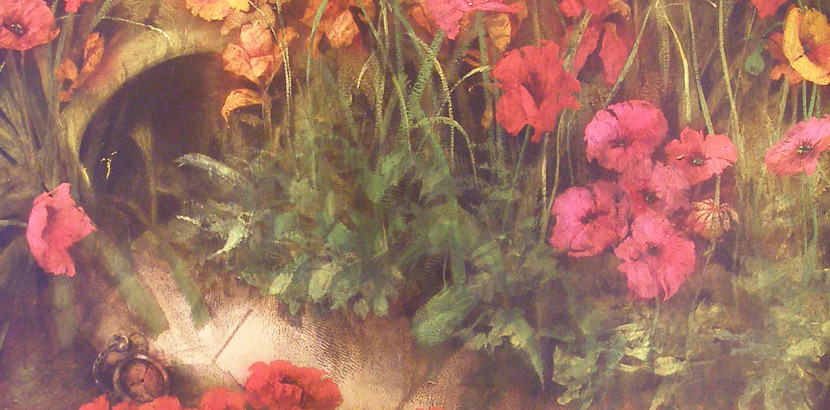Salon-style is a method of hanging artwork that covers the walls from floor to ceiling as was done in the exhibitions or salons of the French Academy beginning in the 17th century. The Academy was founded in 1648 by court artists trying to distinguish themselves from guild craftsmen and artisans who sold their skills and wares to those who could afford them, mainly the nobility and the church. Exhibitions, which too closely resembled artisans displaying their works for sale, were resisted for almost two decades by Academy artists – and with the patronage and protection of the aristocracy and the state there was no need to be concerned with the market. The first annual Salon exhibition did not take place until 1667 and included only Academy artists each year thereafter until 1791, following the Revolution, when the first open Salon was held. Artwork was hung salon-style, the traditional way of displaying art in palaces and public venues. As the economic power of a larger portion of the population grew over time, artists too became more involved in the market through art dealers, moving away from the Salon model. Dealers displayed artwork in domestic-like settings resembling that of the homes of their clients. By the late 19th century, Salons faded as the more commercial Universal Expositions and World’s Fairs became the dominant international force in the art world. With the rise of Modern art, new modes of exhibition were devised to present the radical new forms of art. In the 1920s in Germany the first white-box style of installation evolved, where all works were hung at eye level with plenty of space between them, which literally and metaphorically isolated the artwork from the world around it. Alfred Barr of the Museum of Modern Art in New York saw this new installation style in Germany and used it with ground-breaking success and lasting effect in exhibitions at MOMA in the 1930s. This style of installing has long outlived the artwork of the Modern Art movement that it was designed to highlight and is the standard way galleries and museums display artwork today.

Permanent Collection: Salon-Style
March 14, 2015 - December 27, 2015
Organized by the Dubuque Museum of Art.